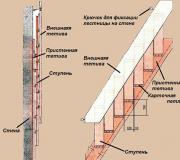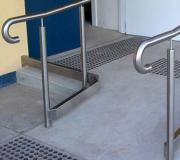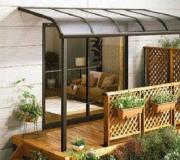Metal stringers for stairs - solidity and quality guarding your peace
Metal stairs are gaining unprecedented popularity today, and they have already quite strongly pressed the classics of the genre in the form of wooden structures. The reason for this is simple and banal - the staircase is not very expensive, it is built quickly, it is very durable and has a long service life.
The designs of stairs are different - today we will tell you what metal stringers for stairs are and how you can make them yourself.

- Stringers are made in the form of a broken curve, as in the photo above, or they have corners welded to a straight beam. In general, the point is that steps can be laid on top of these elements.
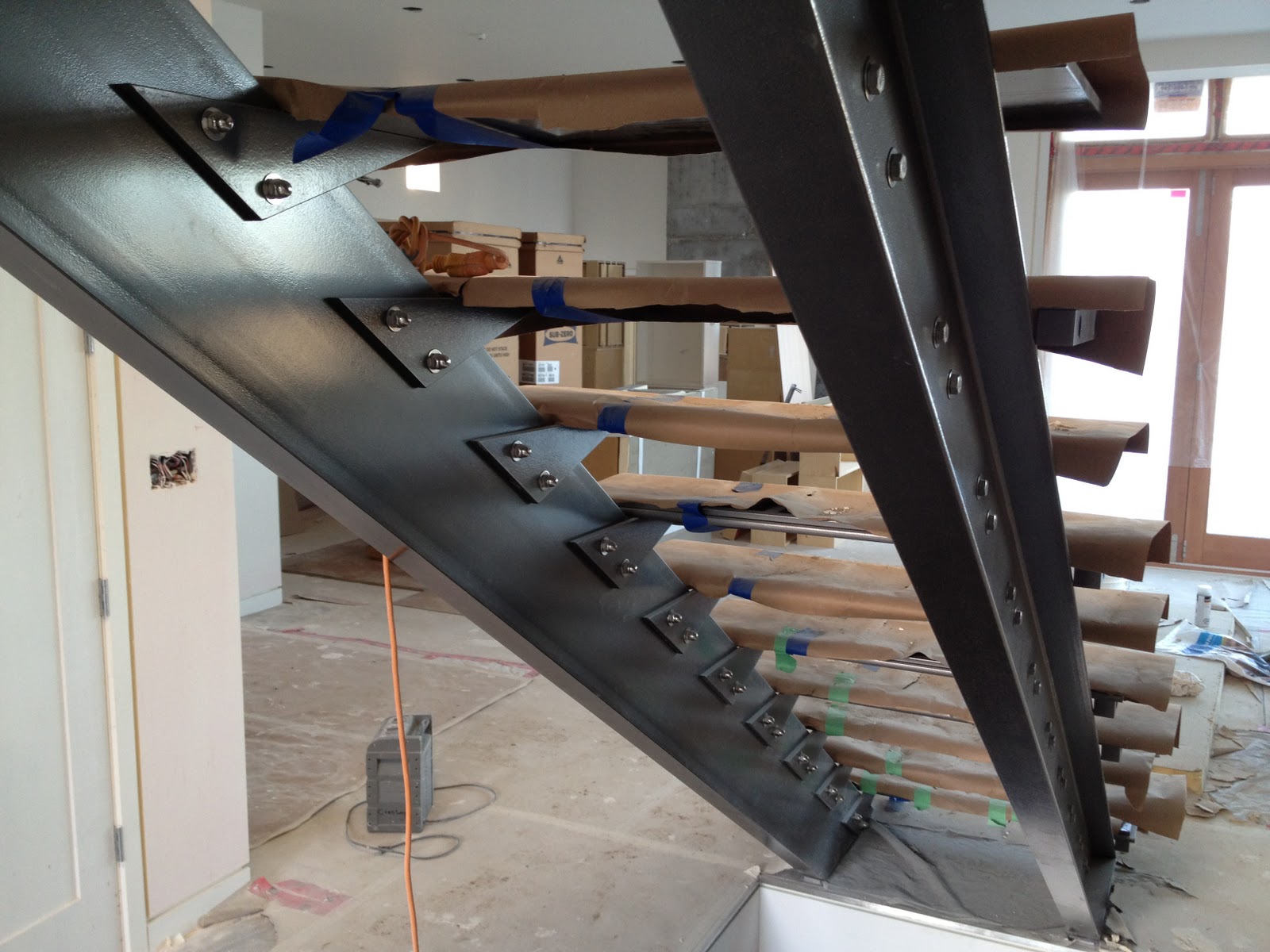
- The design is very reliable, but more difficult to manufacture, since when welding parts into one element, you need to accurately adjust their dimensions and angular cuts, otherwise the staircase will turn out to be a curve, which is unacceptable.
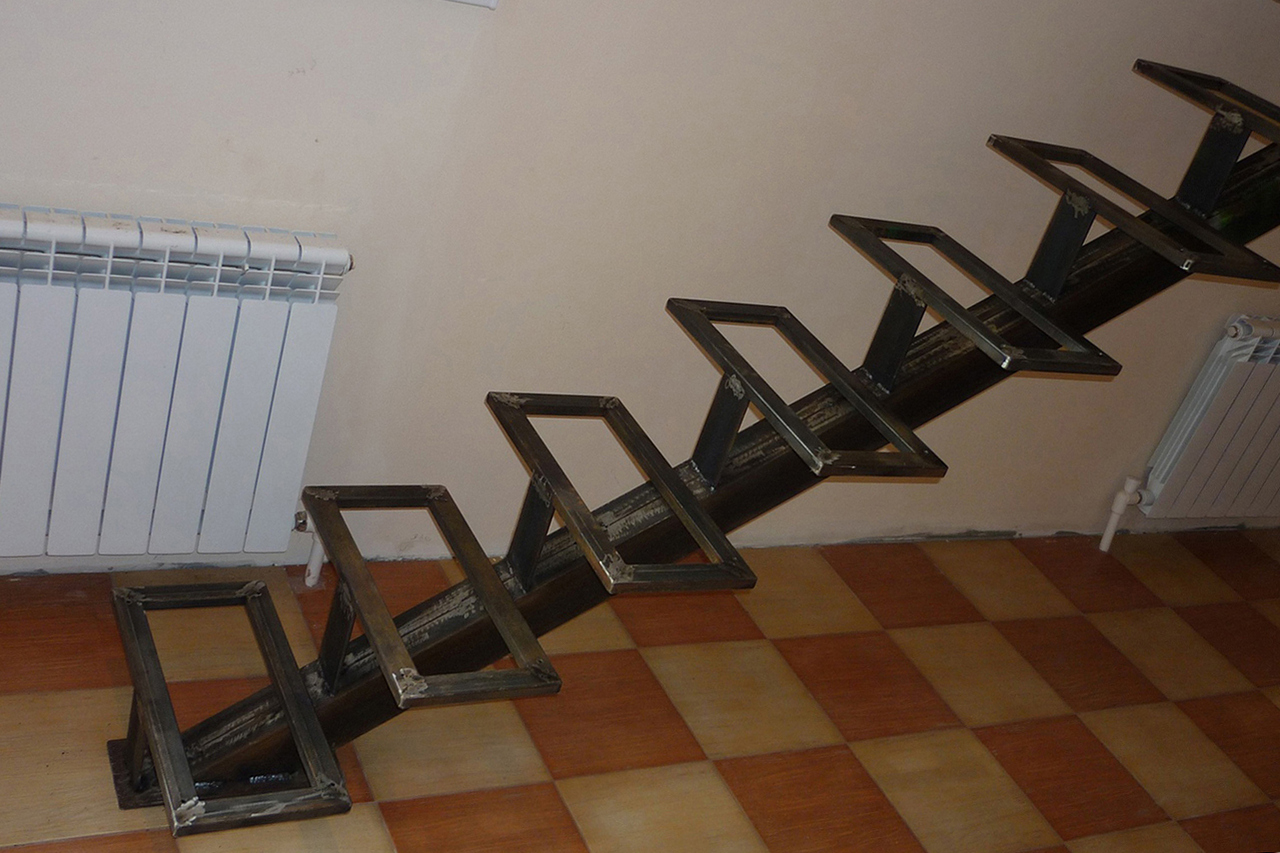
- How to weld a similar element from a steel pipe, we will tell in the second part of the article - be sure to look, there, in addition to the description, a detailed photo report will be attached.

- Steps to these elements are suitable from the sides. Their fastening is carried out either by bolted connections from the ends (fasteners pass through the bowstring and enter the step), or through the corners welded from the inside, on which the steps are placed from above, and are attracted by self-tapping screws or clamps.
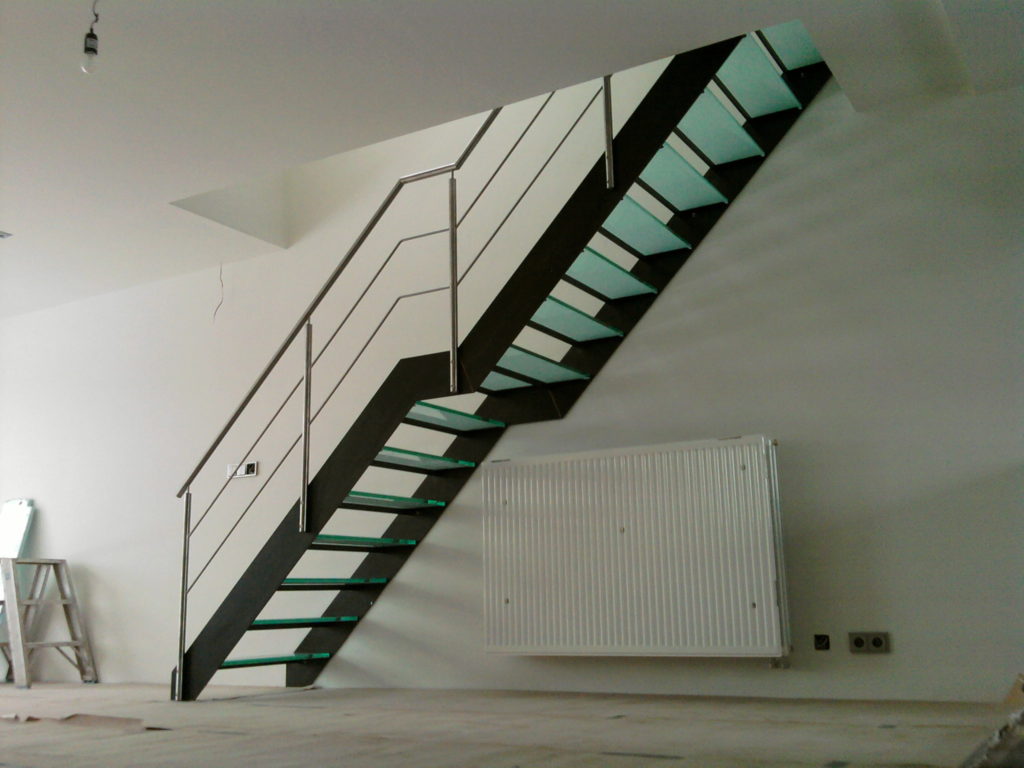
- It is also possible to mount the steps when the steps enter special grooves. However, it is technically very difficult to make such parts, so this option is practically not used in metal structures, which cannot be said about wooden models.
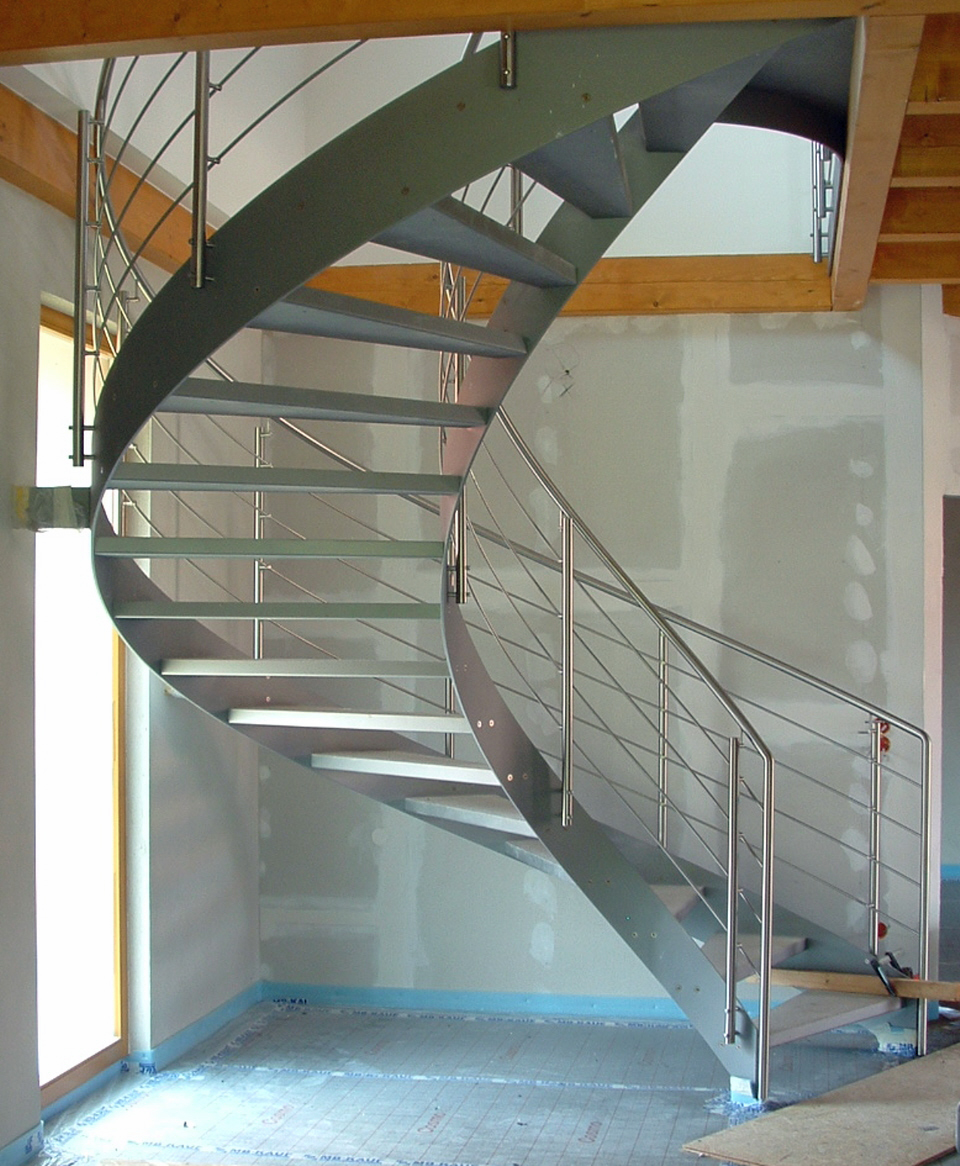
Interesting to know! Metal bowstrings are ideally combined with screw structures.
Kosour options
Now let's take a closer look at what types of stringers are found, and in what cases they are usually used.
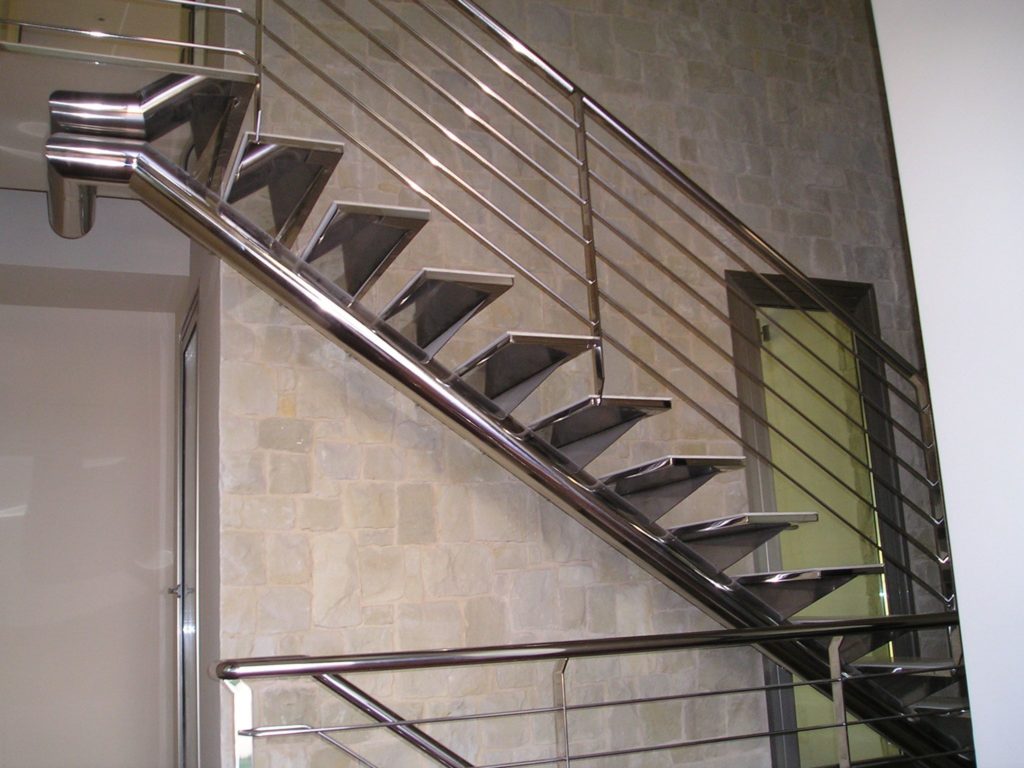
- Single kosour- it is also called monokosour. It is usually located in the center of the march and has mounting pads welded to it or petals for the installation of steps.
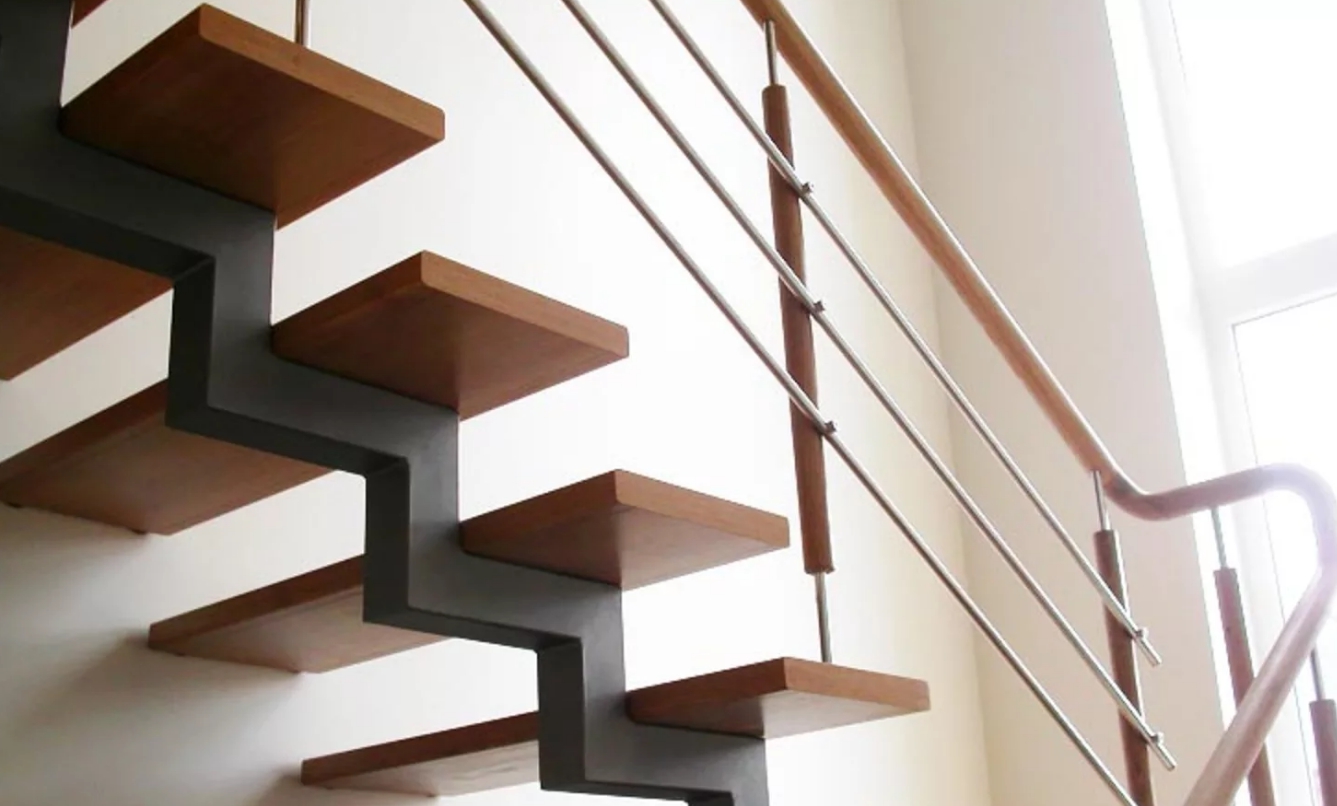
- There are also designs in which the stringer is shifted to the outer edge. This is possible only when the opposite edge adjoins the wall, to which it is additionally attached to special bolts or consoles.
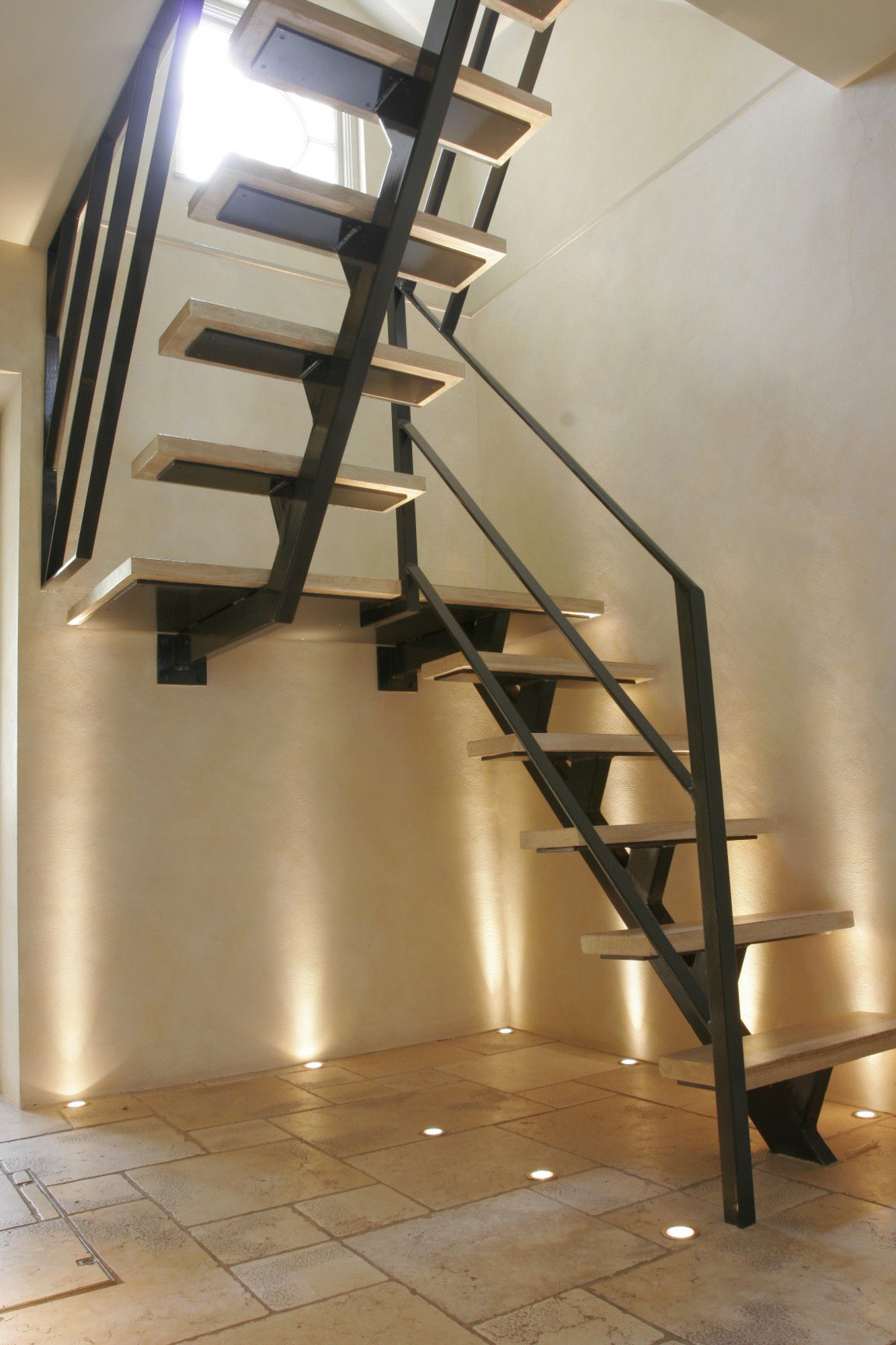
- The advantage of a monocoque ladder is that it looks lighter and less metal is used to build it. The construction is very strong and beautiful.
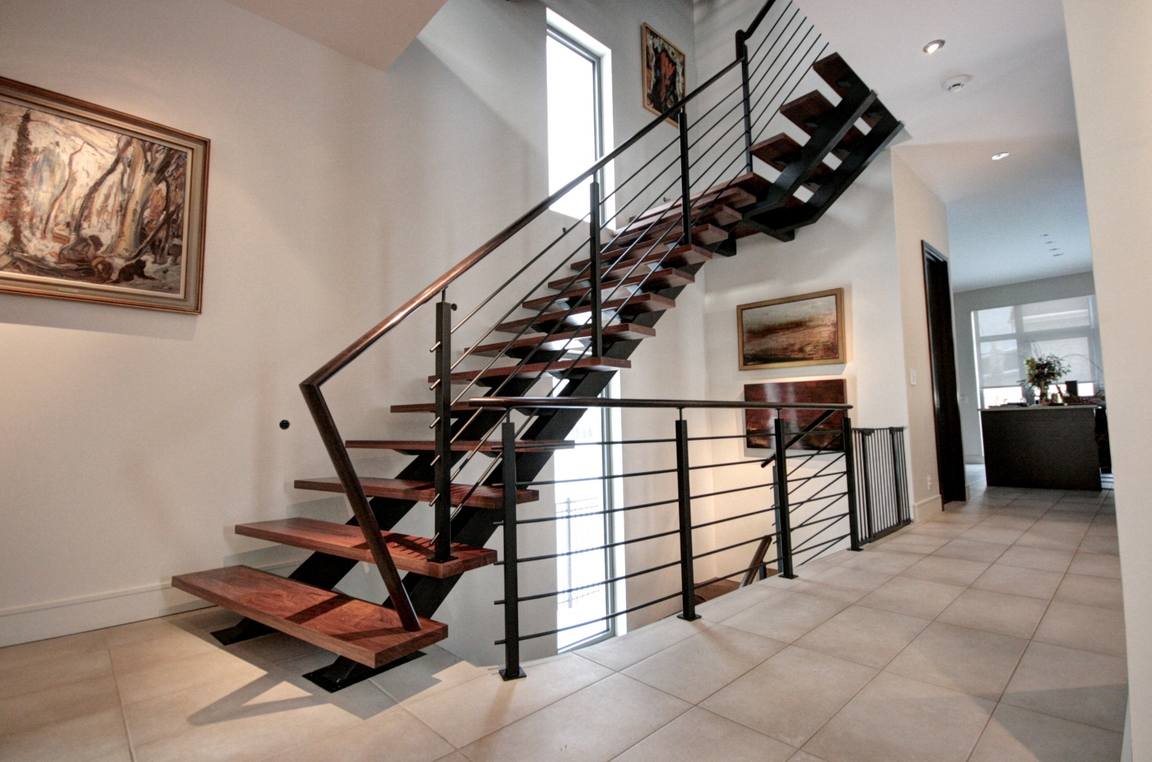
- Double kosoura - a classic option. The steps have two points of support, and the elements themselves are spaced from their center at an equal distance. Such designs look more heavy, but their reliability will be higher.
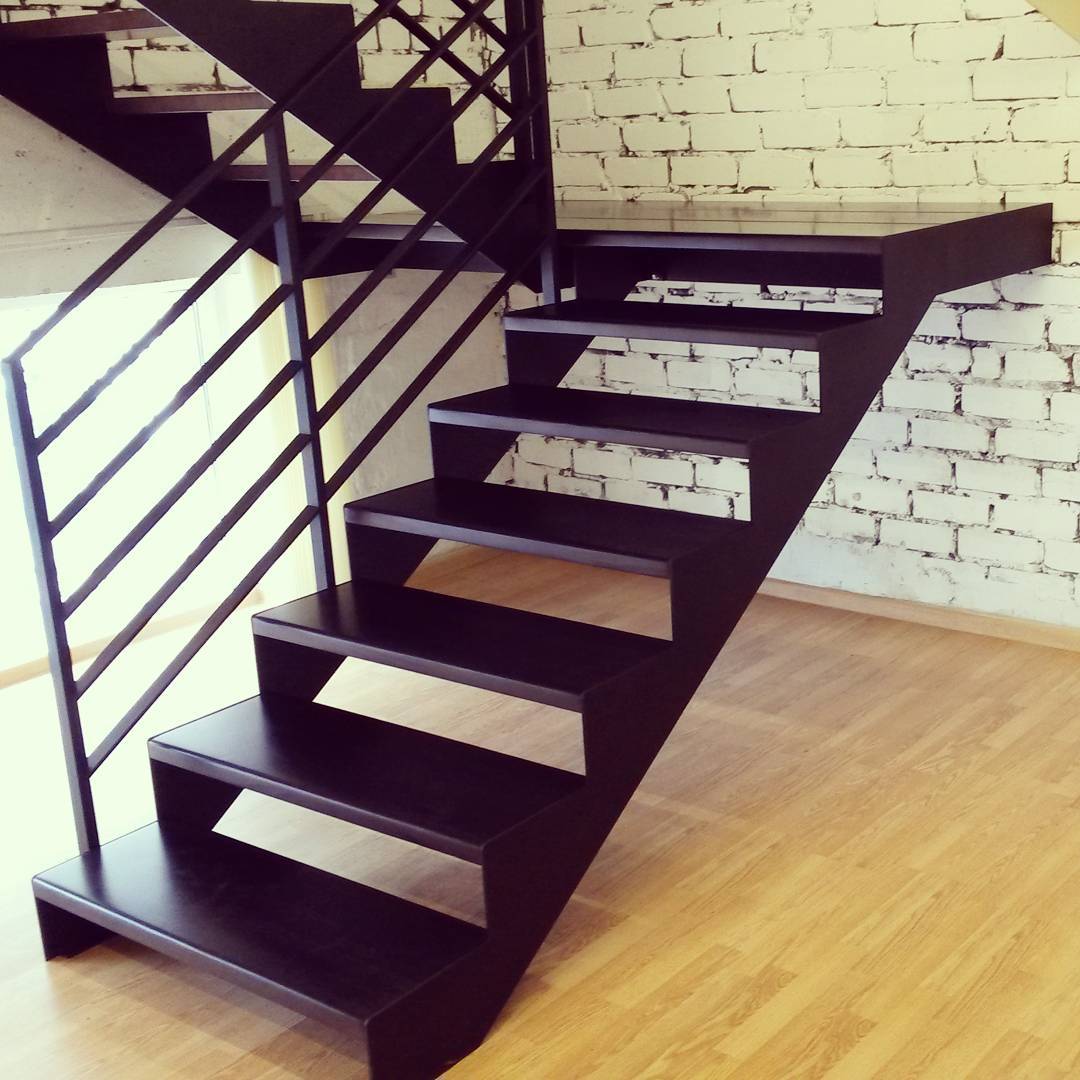
Due to the fact that the elements run at the edges of the steps, it is quite convenient to attach a fencing system to them. In the case of a monokosour, you have to knit directly to the steps, which in certain situations can be an unreliable solution.

- Staircase with three or more stringers inside the house, of course, you will not find it, since usually the width of the structures does not exceed 1.2 meters. But on the street, somewhere on the porch, it is very likely. They put an additional supporting element as a reinforcement under the steps, the width of which exceeds 2 meters.
The metal stringers themselves can have three variations of execution, with different manufacturing complexity and shape:
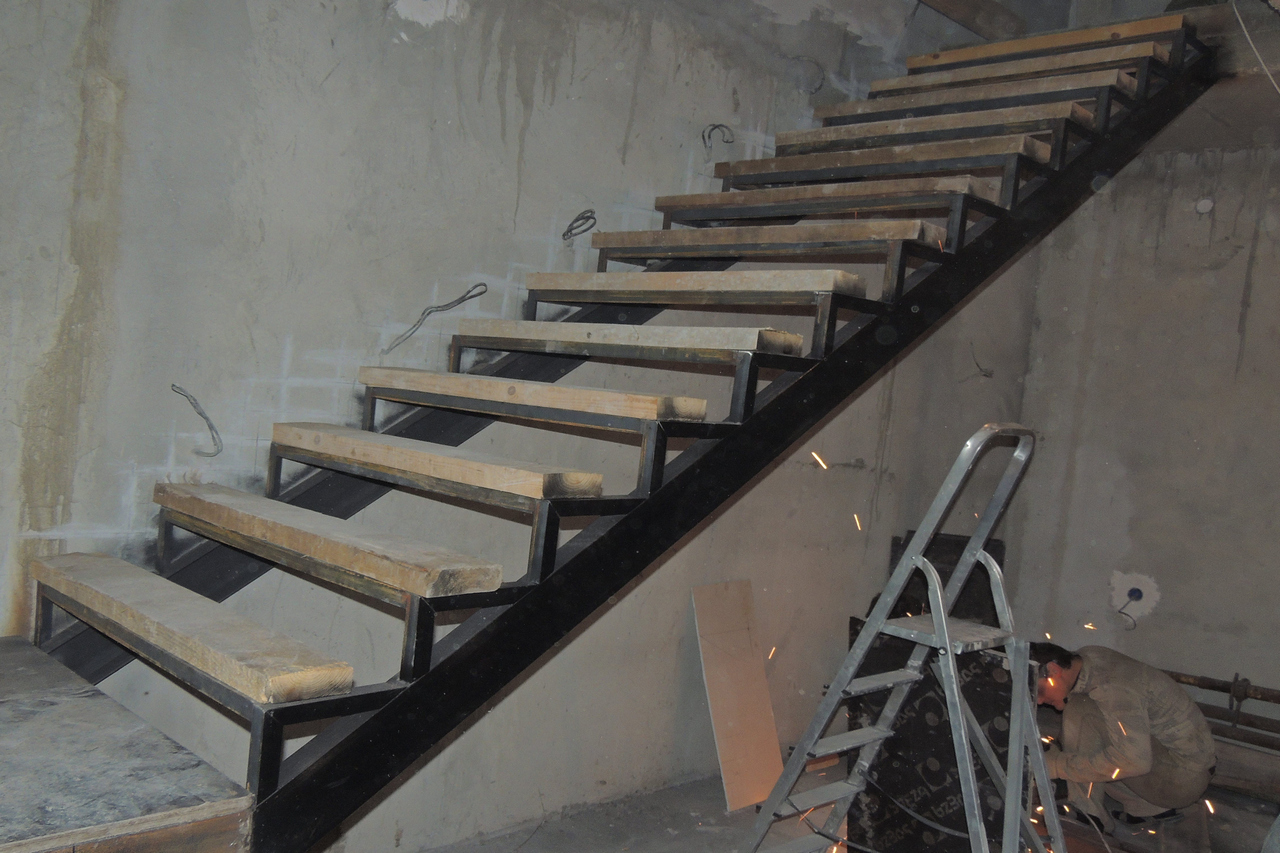
- Kosour with fillies - in this case there is a powerful straight beam that sets all the strength. Corners are welded on top of it, the height and length of which must correspond to the parameters of future steps.
- Filly can be welded at an angle of 90 degrees, or have a bevel inside the step. Depends on the design idea and skill of the master.
Advice! Departure from the right angle leads to a significant increase in the duration of work, since each corner is cut off separately.

- A broken kosour or comb is an option that is assembled from separate pieces more often than a rectangular metal pipe. It looks less massive than the previous version, so the braids are often left in sight, painting them in the desired color.
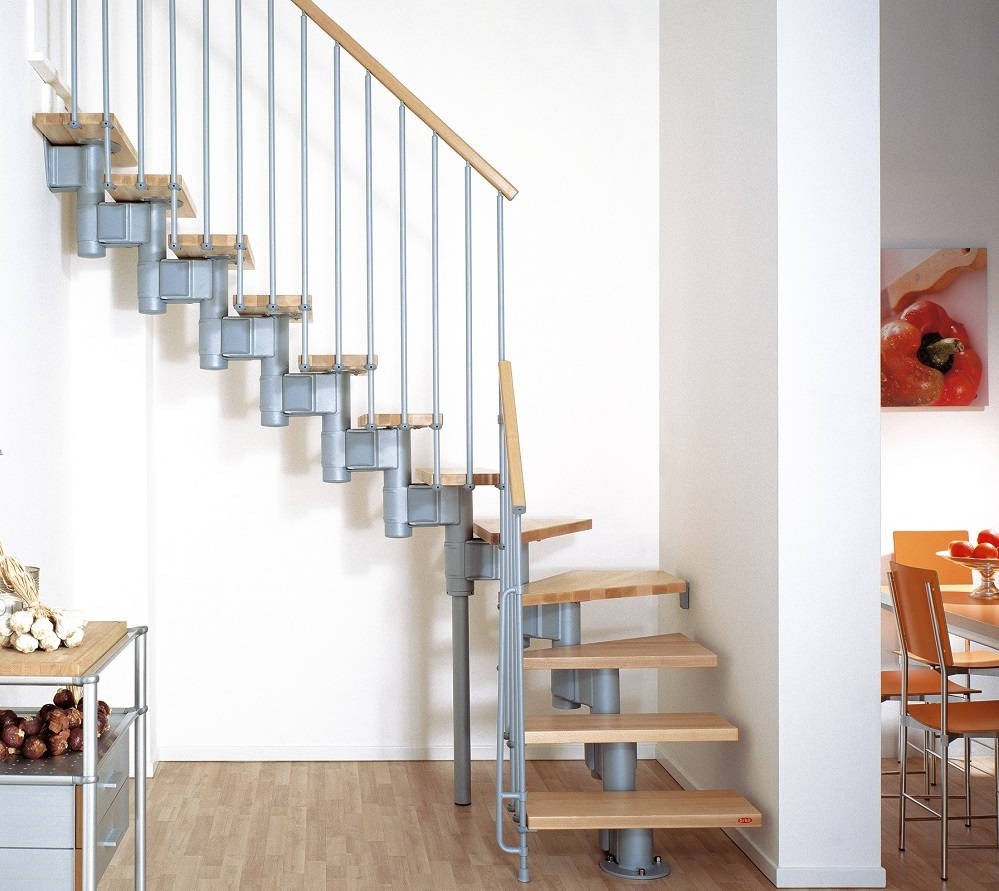
- This option can be used for both straight and curved structures. It is with such stringers that in the vast majority of cases prefabricated ones are equipped. By the way, our website recently published an excellent material about these products - be sure to read it if you are looking for a suitable option for your home.
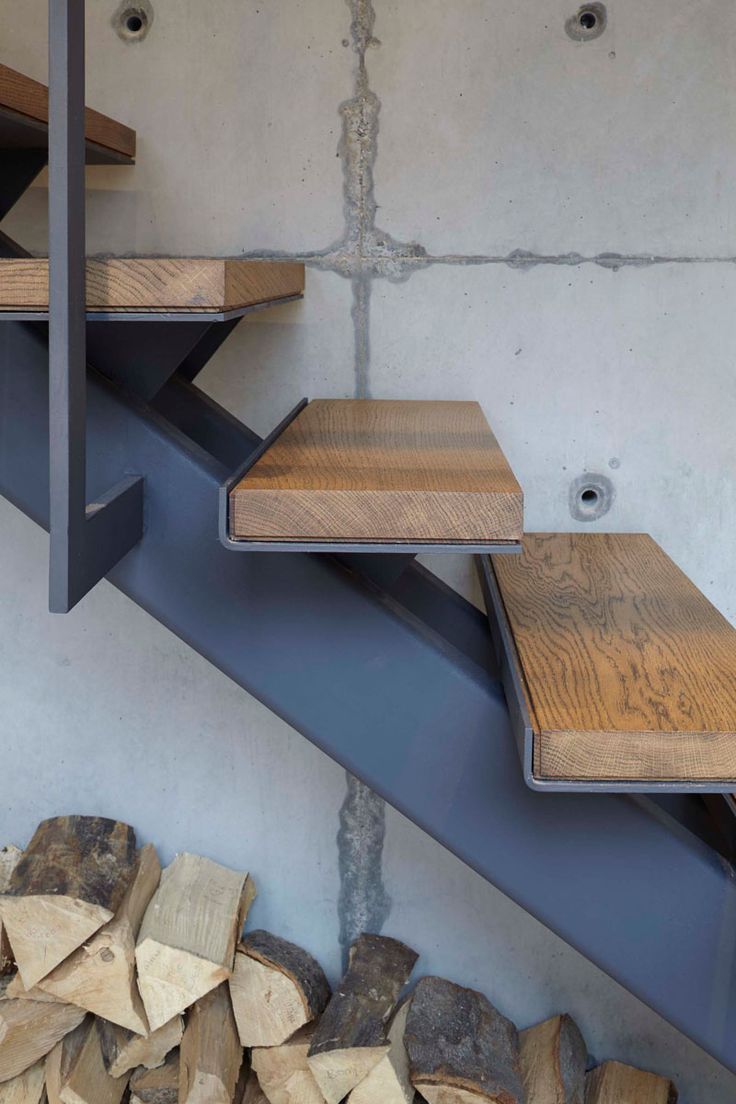
- The third option is structurally reminiscent of fillies, but instead of corners, platforms for the entire step, or supporting elements diverging to the sides, are welded onto a solid beam or a broken stringer.
- Such stairs look very impressive, but making them is more troublesome and time consuming.
As a material for stringers can be used: channels, I-beams, pipes of rectangular and round cross-section, metal corners.
Here's what it all looks like:

Any more or less worthwhile work should begin with drawing up drawings and calculations of the main design parameters. With regard to stairs, this rule should be used without any assumptions.
- Of course, not everyone can afford to make professional drawings, but do not forget that in the age of the Internet, an online calculator will help you quickly make an online calculator for metal stringers, and a finished drawing of a ladder for metal stringers can be found in the DWG database.

